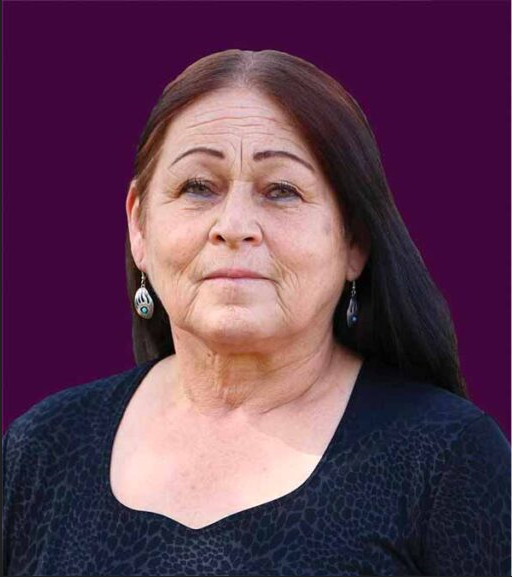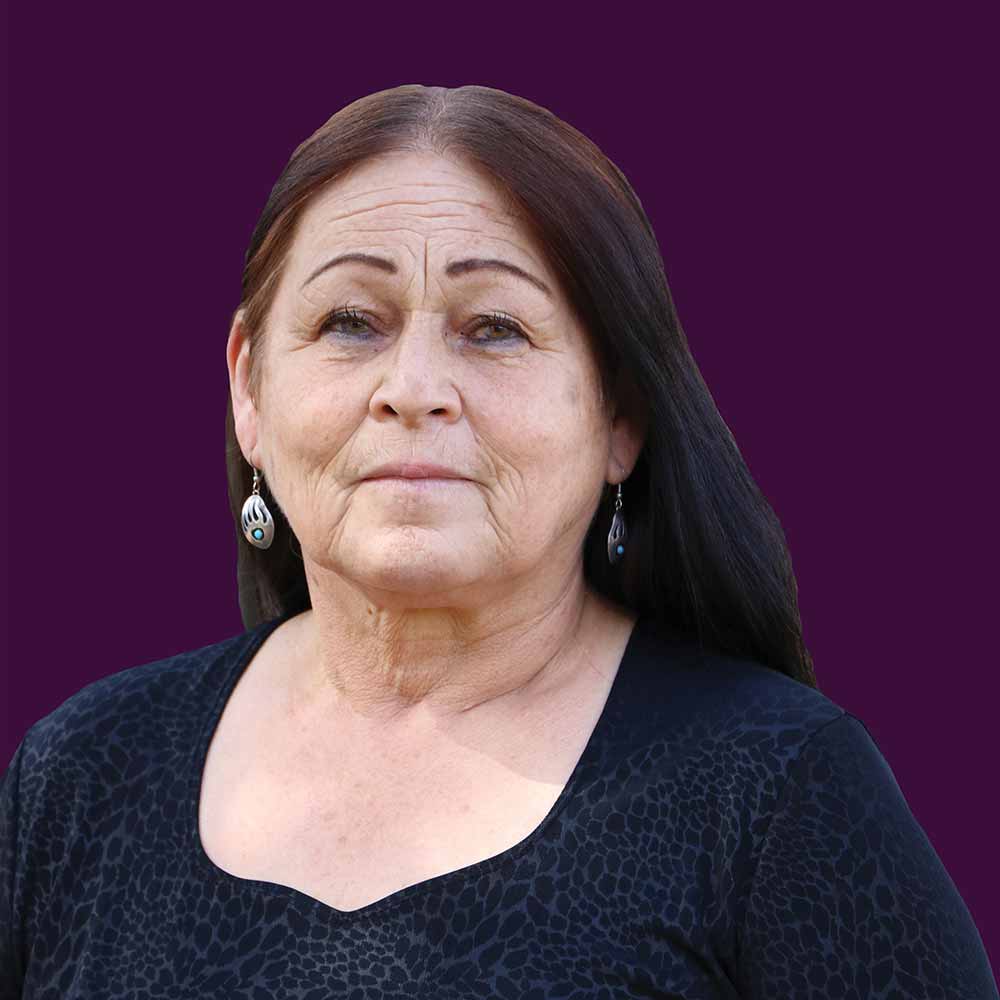The observance of Indigenous Languages Day honours Indigenous languages in Canada. Celebrated since 1993, the day provides an opportunity for both non-Indigenous and Indigenous peoples to create space and recognize the importance of language revitalization.
Did you know that the United Nations General Assembly has named the decade covering 2022 to 2032 as the International Decade of Indigenous Languages to promote the importance and revitalization of Indigenous languages world-wide?
The Survivors’ Secretariat echoes the importance of and advocates for Indigenous language revitalization. Education, understanding and awareness of the legacy and ongoing impacts experienced by Survivors, their communities, and families is a crucial step toward healing.
Raising awareness of language revitalization and cultural significance fosters understanding and compassion for what was taken from Indigenous peoples as part of the colonization process. For Indigenous peoples, it gives us an innate understanding of culture, identity and belonging, it’s the heart of who we are. It builds stronger connections with our families, our ancestors, our communities, and the natural world. The rights of existing languages need to be acknowledged and protected for their survival and revival.
The Impacts of the Indian Residential School System
First Nations, Métis, and Inuit children were forcibly taken from their homes, communities, and way of life for over 140 years. As a means of assimilating Indigenous peoples, government policies like the Indian Act and Indian Residential Schools forbade and punished children for speaking their mother language.
Many Survivors who attended residential schools describe the loss of their language abilities and the difficulty they faced in communicating with their families when they returned. The impact of the Indian Residential Schools on children and their families disrupted the transmission of knowledge from generation to generation; compromising the personal identity, sense of community and well-being of Indigenous peoples, including successive generations.
Considerations
In the 2021 Canadian Census, 1.8 million individuals self-identified as Indigenous in Canada. Approximately 237,420 Indigenous people in Canada (13%) have sufficient proficiency in their mother language to engage in conversation.
The number of speakers of many Indigenous languages has decreased over time. A decline of 10,750 speakers has been reported from 2016, this was often due to the aging population of Indigenous mother-tongue speakers. Many of Canada’s Indigenous languages, specifically the languages in southern communities such as Oneida, Cayuga, and Seneca, are estimated to have less than one hundred speakers.
Indigenous students are increasingly being educated outside their territories and acquiring fluency in the dominant colonial languages such as English and French. However, there are hopeful indications of language revitalization as Indigenous students are taking Indigenous first language courses in their educational studies.
In 2015, the National Truth and Reconciliation Commission (NTRC) released its 94 Calls to Action. Of these CTA’s 13, 14, and 15 are directly related to the protection and longevity of Indigenous languages. In conjunction with legislative recognition, federal funding is required to restore, and preserve Indigenous language fluency.
Indigenous language is more than just an expression of communication. The structure and stories are encoded with traditional wisdom. For example, environmental knowledge about animals, plants, and their medicinal uses is passed on through creation stories and ceremonies expressed in our languages. Our cultural history and cultural identities are interwoven, the loss of languages leads to a loss of culture.
“Our Indigenous languages encase our roles and responsibilities as human beings and guide our interactions based on a peaceful existence. These simple teachings are embedded in our languages based on traditional Haudenosaunee values. Before birth we are acknowledged in dreams, in physical form we are welcomed with our first breath that we have completed a safe journey. From birth until death and after, we are acknowledged with ceremonies, medicines, feasts and speeches conducted in our heritage Haudenosaunee languages. Our language is our identity.” - Diane Hill
There is an ongoing need to teach language and traditions that instill a sense of belonging with the students’ past, present and future. The revitalization of our language and traditions represents a collective effort to heal historical trauma inflicted by colonialism and cultural suppression.
Early immersion, cultural ceremony, land-based teachings, and secondary language acquisition are all important to improving and maintaining our ancestral language fluency. Elders hold this knowledge and if language is not passed down to future generations imminently, it could be lost forever.
“We don’t have much time left to document the knowledge of these languages and to hear their beauty.” – Dr. Lorna Williams, a member of the Lil’wat First Nation and holder of the Canada Research Chair in Indigenous Knowledge and Learning.
Language revitalization on a broader scale can become a reality at both the individual and generational levels through proper funding and enhanced trauma-based support.
Language Revitalization, Leading by Example – Diane’s Journey
Diane Hill, a Survivor of the Mohawk Institute and Secretariat board member has spent several years learning and speaking her ancestral language. As a member of the pilot project, First Language Academy, she enrolled her daughter as a student in 1986 and became a daily volunteer. She received encouragement from several of her teachers to pursue a teaching certificate.
As Diane continued her studies, she also attended Mohawk language classes at Western University in London, and McMaster University in Hamilton. She became a certified teacher at O.M Smith-Kawenni:io Elementary School, teaching immersion in the 50% English/50% Mohawk second language program for 38 years.
“Our traditional languages are the base for all our relationships with not only humanity but all that is wrapped within our worldview. From our Haudenosaunee languages we always speak and acknowledge with deep appreciation, expect nothing but always receive with gracious and humble gratitude.” - Diane Hill
The Secretariat believes passing down knowledge to future generations is vital to our individual and collective identity, traditions, and spiritual beliefs. We acknowledge all the Survivors who have been working to reclaim their language or are supporting others doing so. Recognizing and respecting the importance of Indigenous languages is considered integral to the healing process for Survivors, their families and communities.

Diane Shares a Translation:
English: Do not forget, Creator has provided for us and our cultural ways
Mohawk: Tohsa sanikonha ne Shonkwaia’tison tehshonkwa:wi tahnon tsi niionkwariho:tens.
English: Do not forget we make the path for them, the unborn/ the coming faces.
Mohawk: Tohsa sanikonha iethihahon:ien ne tehatikonhsatontie.
In 2019 an Indigenous Language Commission was established. The commission is led by Ronald E. Ignace, a member of the Secwepemc Nation and a Survivor of the Kamloops Indian Residential School in BC. For more information about the commission visit: https://www.canada.ca/en/services/culture/canadian-identity-society/languages/indigenous/commissioner.html
